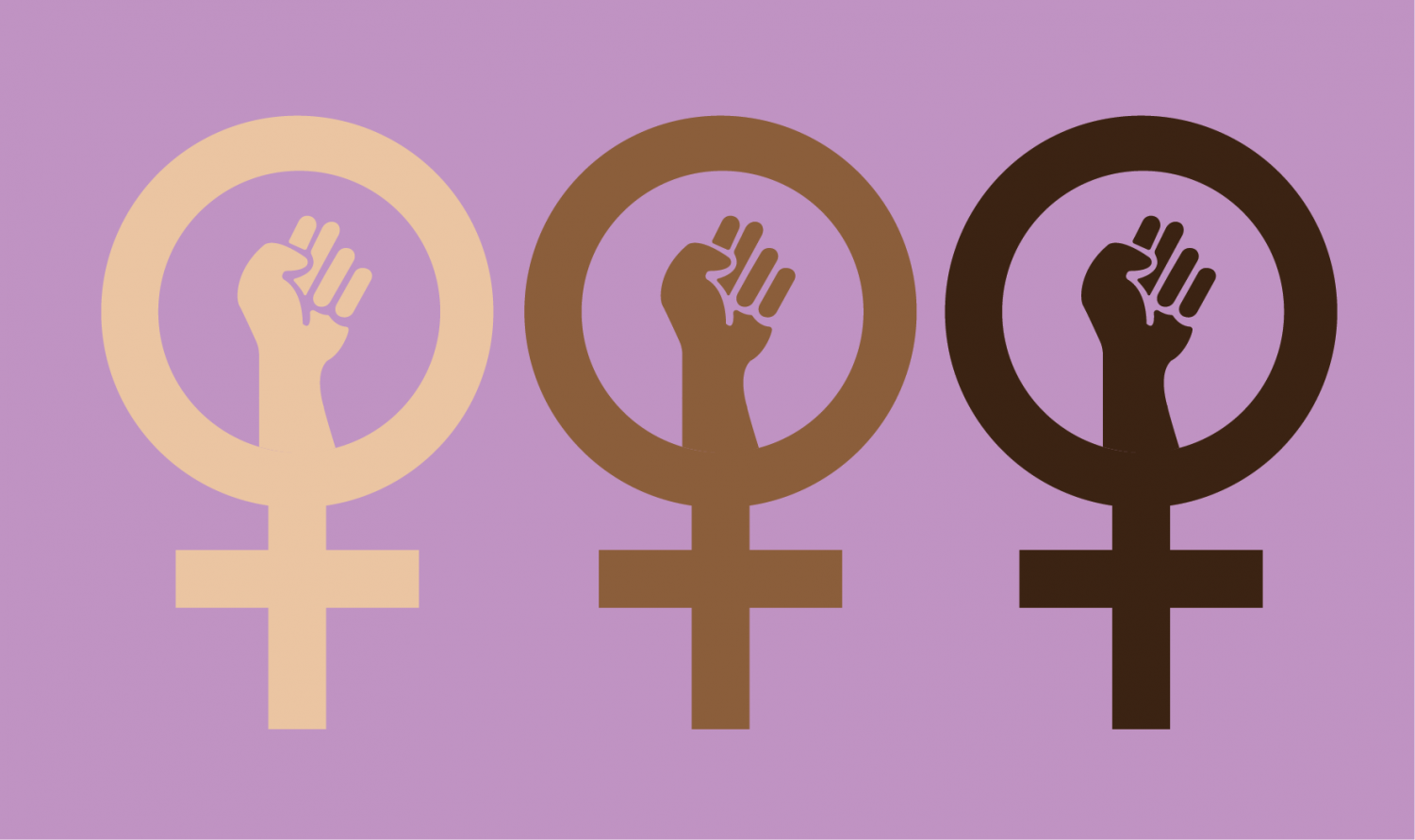
Across the four waves of feminism, the foundational goal is equality on the basis of gender. The definition posted at the top of The Feminist Majority Foundation website reads “Feminism n. the policy, practice or advocacy of political, economic, and social equality for women.” (Feminist Majority Foundation, 2014). However, each wave has been motivated by pressing issues of their time. Most recently has been third and fourth wave. Third wave feminism focused on the agenda to “question, reclaim, and redefine” the society that had defined for them the ideals of “womanhood, gender, beauty, sexuality, femininity, and masculinity” (Britannica Online Encyclopedia “the third wave of feminism, 2020). This wave gradually took hold, and became full force during the 1990s. Pat Benatar’s height of fame in the mid-80s allowed her to join this growing movement towards reclamation of image. This gave her the opportunity to spread her message about the mistreatment and misuse of women, and the hyper sexualization of image used for advertising through her music to an audience that would be receptive to it.
2012 marks the beginning of the fourth wave of feminism. With social media platforms increasing the ability to spread messages of activism, issues such as “sexual harassment, body shaming, and rape culture” (Britannica Online Encyclopedia “the fourth wave of feminism, 2020) came to prominence. This was amid an increasing number of violent gender related incidences, and an increasingly tense political climate. Movements such as the Women’s March in 2017, #MeToo, and Time’s Up were ways of promoting this new wave of feminism, continuing the third wave ideals of reclamation, while also focusing on new ideas such as intersectionality. Up to the 2010s, feminism had a focus on white, middle-class women. Intersectionality allows for the reality that people are a combination of different cultural, social, economic, and political identities, which creates spaces for unique challenges of discrimination. By broadening the goals of the original definition of feminism, there is more room for acceptance and leveraging for all people. Angèle’s popularity during the late 2010s allows her to operate in this wave of feminism, embracing the ideas of education on consent, pay equality, and inclusivity.

Without feminism, patriarchally structured societies have the ability to take advantage of women in many facets, a major one being in capitalism. This is prevalent in the music industry, as visual selling points such as album covers and, especially, music videos rely on the idea that “sex sells.” Sexual music videos are captivating to young audiences, and are able to instill harmful ideologies of hyper sexualization on developing teens. Capitalism takes advantage of this demographic, and uses sexuality as a selling point for products like music videos (Oosten 2015). Pat Benatar used her platform to expose this angle of capitalism in the music industry and in advertising in general.